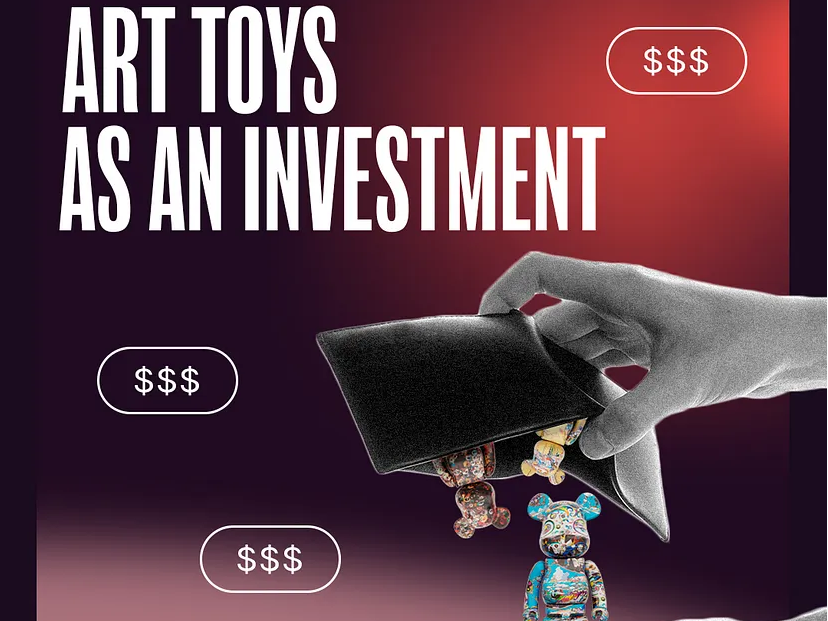How to Evaluate the Market Value of Art Toys

Art toys, also known as designer toys, have evolved from niche collectibles to significant cultural artifacts, attracting both enthusiasts and investors. Assessing their market value requires a nuanced understanding of various factors, including rarity, artist reputation, and prevailing market trends.
Understanding Art Toys
Art toys are limited-edition collectibles created by artists and designers, often produced in small batches to maintain exclusivity. They encompass various forms, such as vinyl figures, resin sculptures, and plush creations, frequently reflecting contemporary art, pop culture, and urban aesthetics. The global art toy market has experienced substantial growth, with projections indicating a rise from USD 20.9 billion in 2023 to USD 62.1 billion by 2030, at a compound annual growth rate (CAGR) of 16.8% [Source].
Key Factors Influencing Market Value
Rarity
The scarcity of an art toy significantly impacts its value. Limited production runs, exclusive releases, and unique color variants can drive demand among collectors. For instance, a toy released in a series of 100 pieces is generally more valuable than one with a production run of 1,000. Collectors often seek out rare items to enhance the uniqueness of their collections, thereby elevating the item's market value.
Artist Reputation
An artist's prominence and influence within the art toy community play a crucial role in determining value. Established artists with a history of successful releases and a strong following can command higher prices for their creations. Collaborations with renowned brands or participation in significant exhibitions can further enhance an artist's reputation, subsequently increasing the value of their art toys.
Market Trends
The art toy market is dynamic, with trends influenced by cultural shifts, media exposure, and consumer preferences. Staying informed about current trends is essential for accurate valuation. For example, the rise of urban vinyl—a genre reflecting urban culture and aesthetics—has seen increased demand in recent years [Source]. Additionally, the integration of art toys into mainstream art fairs and galleries has elevated their status, attracting a broader audience and impacting market values.
Evaluating Market Value
Research and Data Analysis
Conducting thorough research is fundamental to valuation. This includes analyzing recent sales data from auctions, online marketplaces, and private sales. Platforms specializing in art toys often provide insights into pricing trends and demand. Monitoring these sources enables collectors and investors to make informed decisions based on empirical data.
Condition and Authenticity
The condition of an art toy is paramount. Items in mint condition, preferably in original packaging, fetch higher prices. Authenticity is equally important; counterfeit products can devalue the market and pose risks to buyers. Verifying provenance through certificates of authenticity or direct purchase from reputable sources ensures the legitimacy of the item.
Community Engagement
Engaging with the art toy community—through forums, social media groups, and attending conventions—provides valuable insights into emerging trends and collector sentiments. Networking with fellow enthusiasts and experts can offer perspectives that influence valuation, such as identifying upcoming artists or understanding shifts in collector preferences.
Investment Considerations
While art toys can be a lucrative investment, they also carry risks associated with market volatility and changing trends. Diversifying collections and staying informed about the broader art market can mitigate potential losses. Notably, some art toys have outperformed traditional investments, offering an average return of 11% [Source]. However, it's essential to approach art toy investment with the same diligence and caution as any other financial venture.
Conclusion
Evaluating the market value of art toys is a multifaceted process that requires consideration of rarity, artist reputation, market trends, and other critical factors. By conducting comprehensive research, engaging with the community, and staying attuned to market dynamics, collectors and investors can make informed decisions that enhance the value and enjoyment of their art toy collections.


